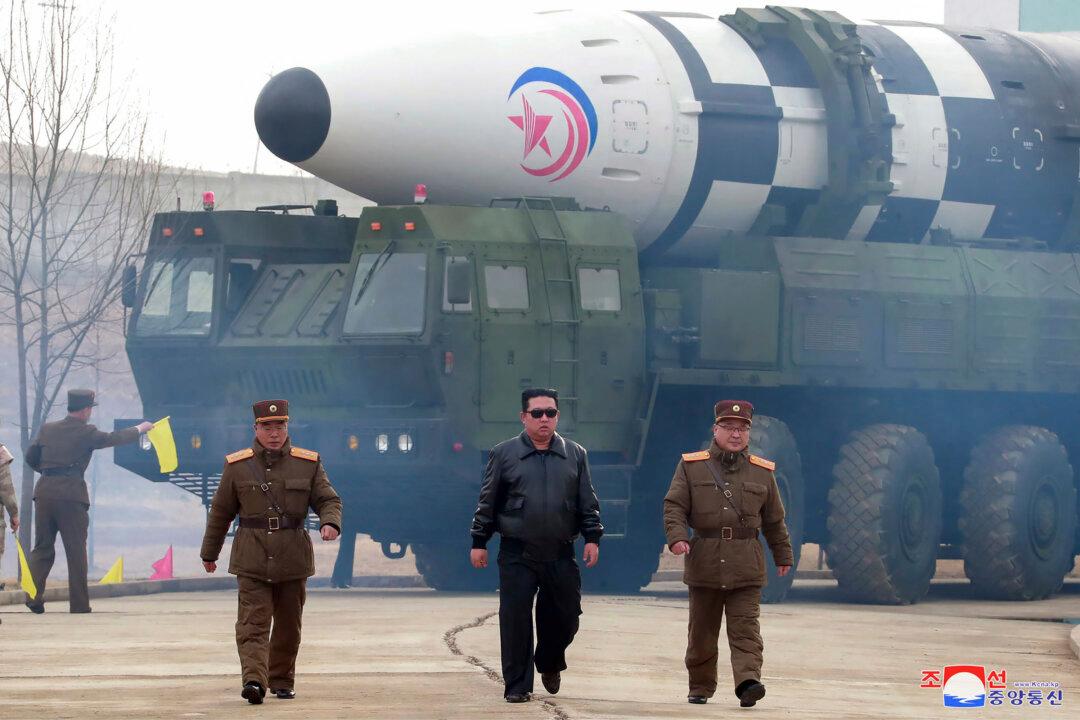South Korea’s defense ministry is reportedly seeking the deployment of U.S. strategic assets amid heightening tensions with North Korea. The two allies have agreed to reactivate a Trump-era consultation mechanism to further discuss the deterrence measures.
On April 4, South Korea and the United States have agreed to reactivate the Extended Deterrence Strategy and Consultation Group (EDSCG) to counter “any North Korean provocation,” according to Yonhap News Agency, citing the chief of president-elect Yoon Suk-yeol’s delegation.





